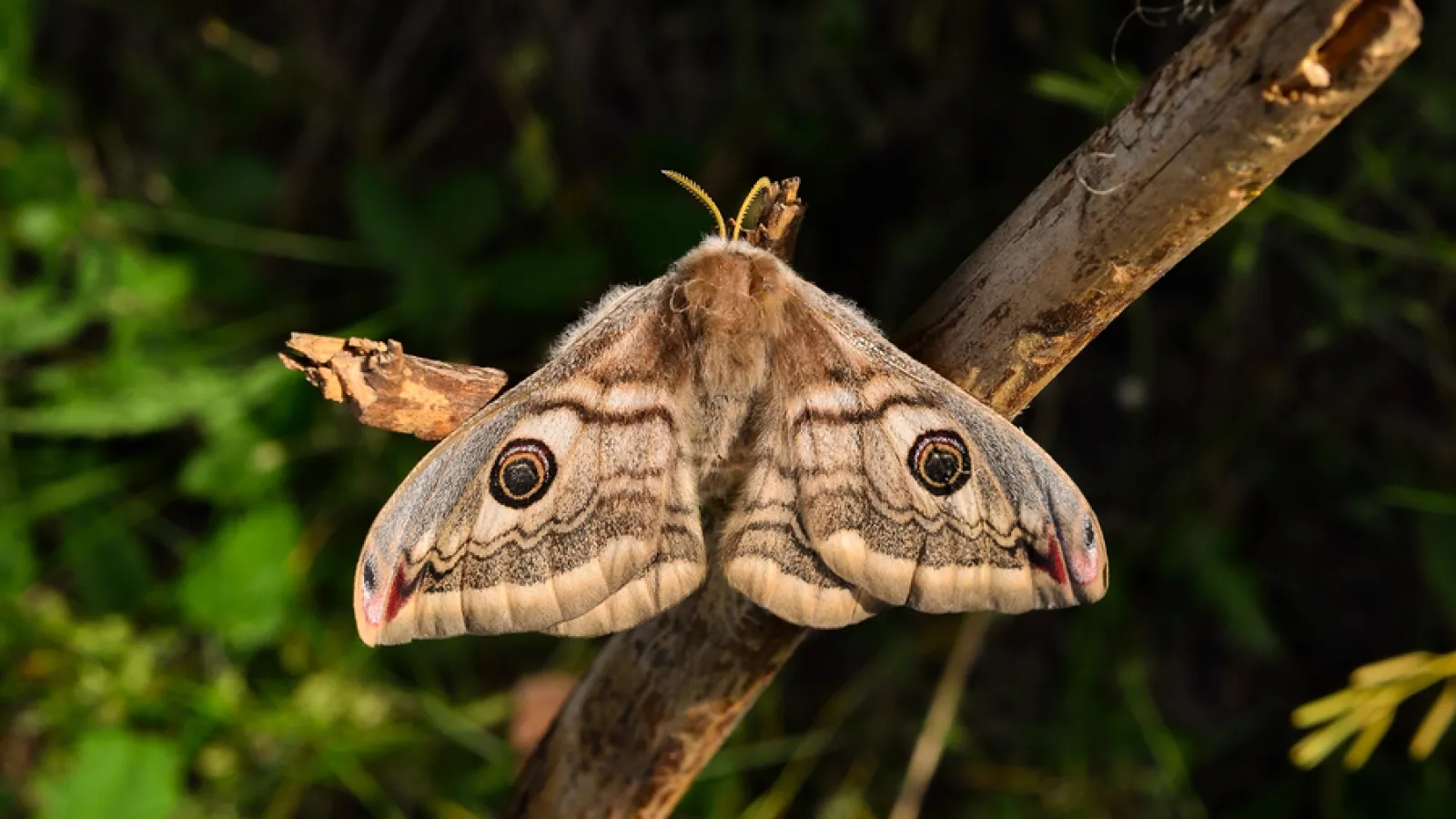
Moths
Scientific Name: Lepidoptera
Moths are tricky flying insects of the order Lepidoptera. There are 160,000 known species of moths and many more have yet to be discovered. The majority of moth species are nocturnal, so identifying an infestation can be an arduous task. Moths are very food-oriented and can always be found near a food source. Moths are very particular about their diets, so much so that they can be separated into two distinct categories: food-eating and fabric-eating. Food-eating moths are the most common and are usually located in food storage units. Fabric-eating moths are the less numerous variety and are usually found in closets and dressers.
Moth prevention methods should be employed to fight all existing varieties. Always seal food containers tightly, not letting the irresistible smell attract moths to the scene. When moths find an open food source, they will lay eggs around or in it, giving the larva a nutrient-rich environment in which the larva will grow and develop. This disgusting thought can prove to be a nightmarish reality when proper methods of food storage are not employed.
The fabric-eating variety of moths is a destructive variety that subsists on fabrics within your closet. The only evidence for the presence of fabric-eating moths is, as would be expected, holes in your fabric. Preventative measures can be taken in the form of mothballs, which act as a pesticide for any moths looking for a quick meal in your closet. However, if such measures are unsuccessful, it is wise to contact a professional pest control specialist to deal with the problem.
To request a free quote, contact Preferred Pest Control today.
